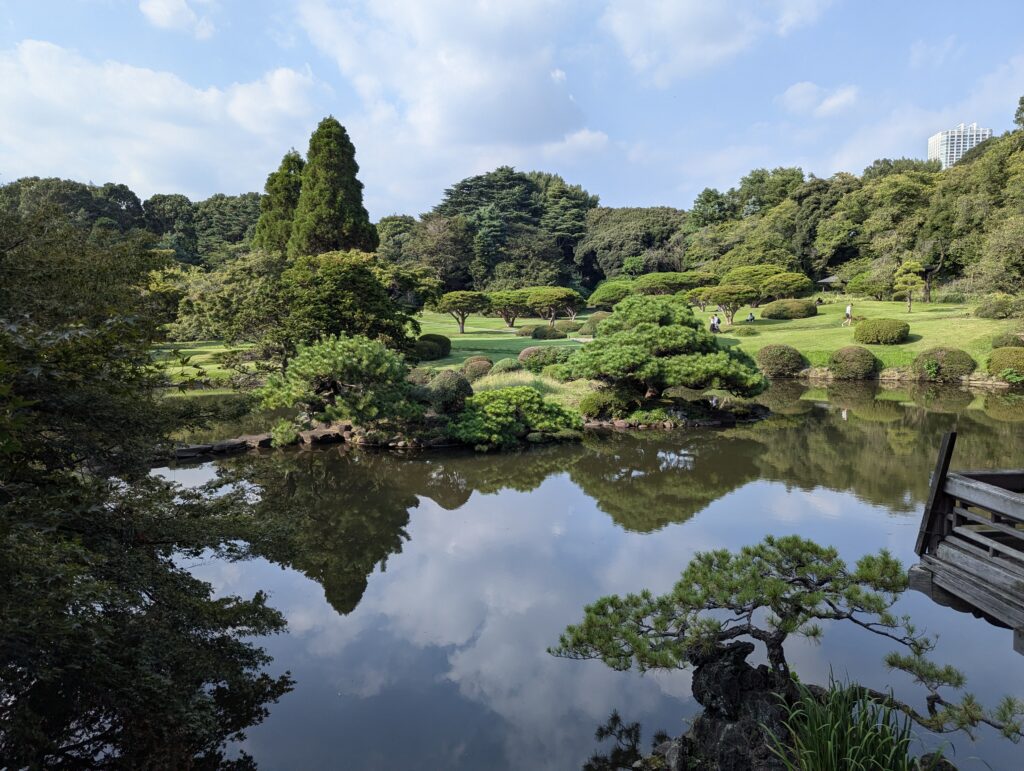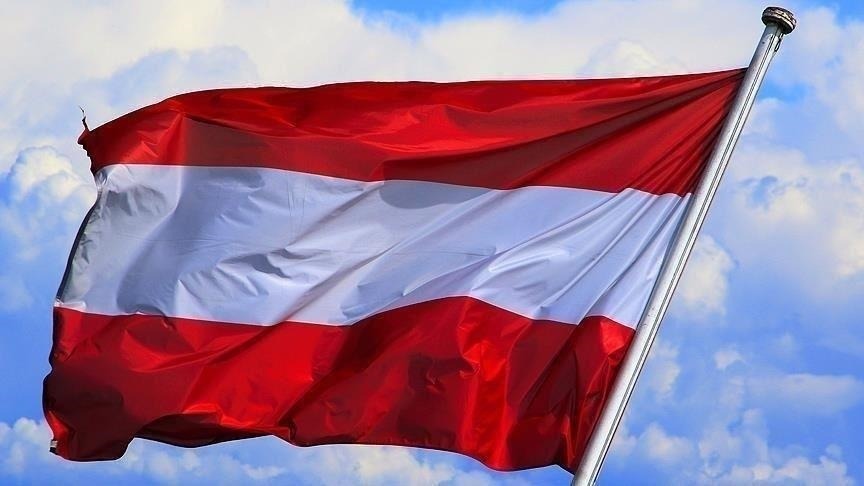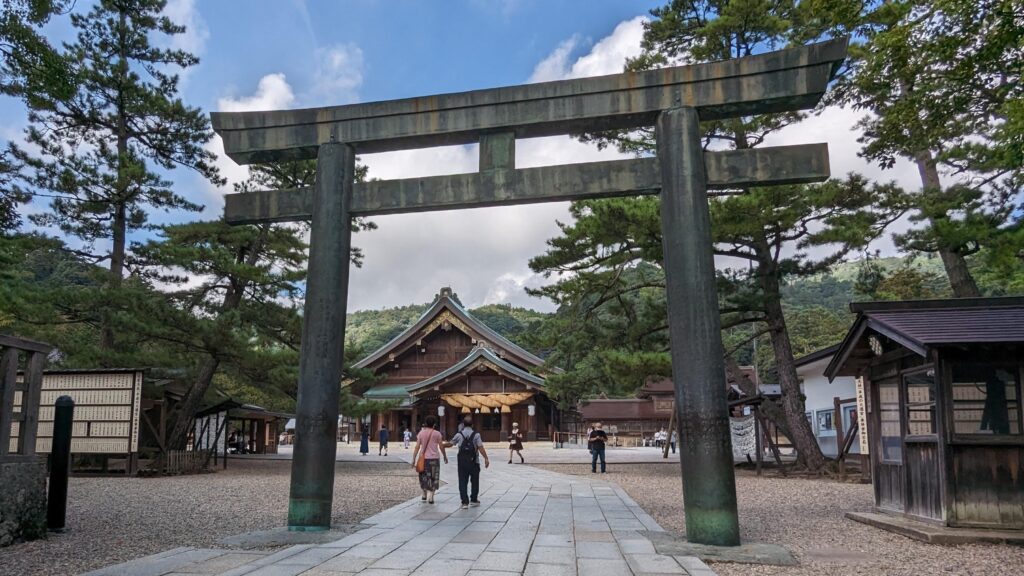And yet another post. This time I am writing right after I have arrived from an onsen. Oh man… it’s been a long time since I have been to an onsen. For anyone not familiar with an onsen, it is a public bath with a couple of showers and a couple of hot springs. The one I have been to, has a germanium bath. I am not into healing baths and so on, but apparently germanium baths give you positive effects such as increased circulation, glowing skin, weight loss and detoxification. I suppose my skin is much healthier now? Well, one thing is for sure. I feel a lot better after going to an onsen. It recharges my body, enhances my senses and makes me feel like I was reborn. You might be amazed by all of this and think to yourself, I want to try this as well! I invite you to do so, but there is a little warning: there is a bunch of etiquette you need to follow, including not wearing any clothes. There are some onsens that allow swimwear, but for the most part, onsens do not allow this.
So, back to the trip. We started yesterday by going to a the south of Tokyo, Koto city, with the aim of visiting two places: Daigo Fukuryumaru Museum and the Tokyo Sealife aquarium. The Daigo Fukuryumaru museum is home to one of the ships that survived a nuclear bomb test near the Bikini atoll. This place is where the US conducted many nuclear weapon tests in the past, including the hydrogen bomb that is more than 1000 times stronger than the Hiroshima and Nagasaki bombs. The Daigo Fukuryu Maru ship was a tuna fishing boat that was stationed near the Bikini atoll. On March 1, 1954, the 23 fishermen suddenly saw a bright flash that lit up the sky. Soon after the flash, there was an explosion the fishermen have never heard before. And a couple of hours later, the ship was contaminated by nuclear fallout. The fishermen were not aware of the test and were not warned in advance. This accident reminds us, that nuclear tests are something that should stay a thing of the past.
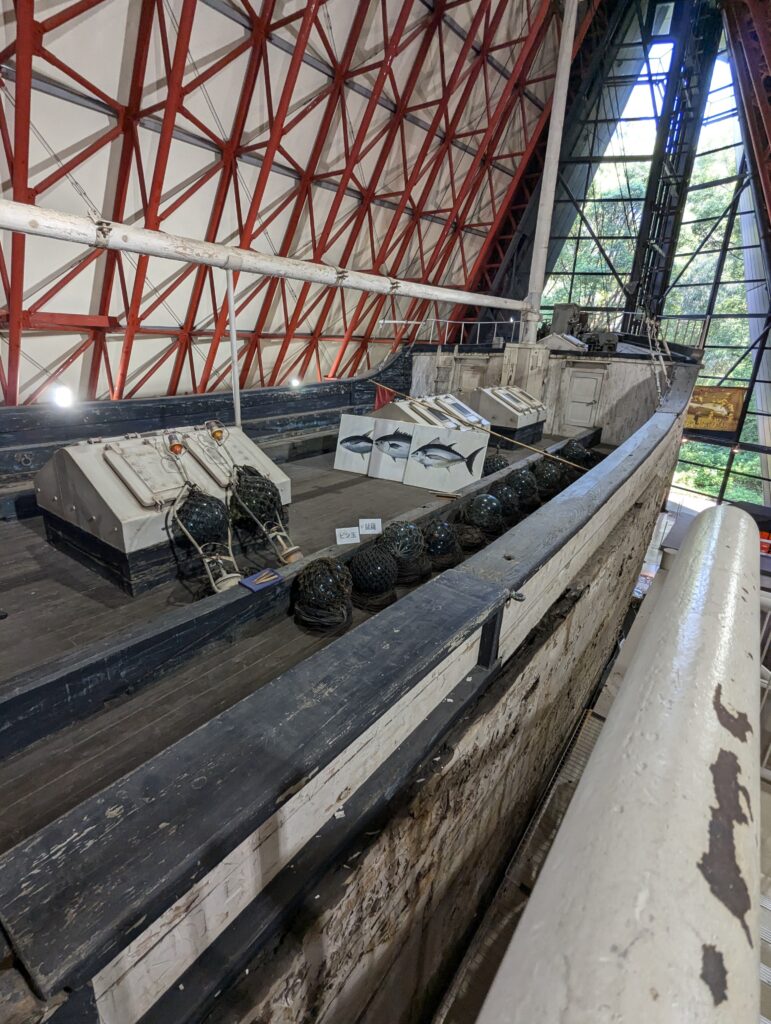
In addition to this museum, we also visited the nearby botanical garden. It was one of the most impressive botanical gardens I have been to so far. The botanical garden was mostly an inside tropical garden. It was really well maintained and it had some really cool plants, such as carnivorous plants. In addition to that, there was a huge collection of bugs. Some of them were so big, they even terrified me! 30cm big bugs that can fly… Get these things away from me!

We continued our trip to the nearby Tokyo Sealife aquarium. I was quite satisfied with it, but it was not the biggest aquarium I have been to so far. It had a large variety of fish and other sealife and it even had sharks. This was the first time I saw a hammerhead shark in my whole life. It is one of my favourite species of sharks, so I was very thrilled to see them in front of me this time around!
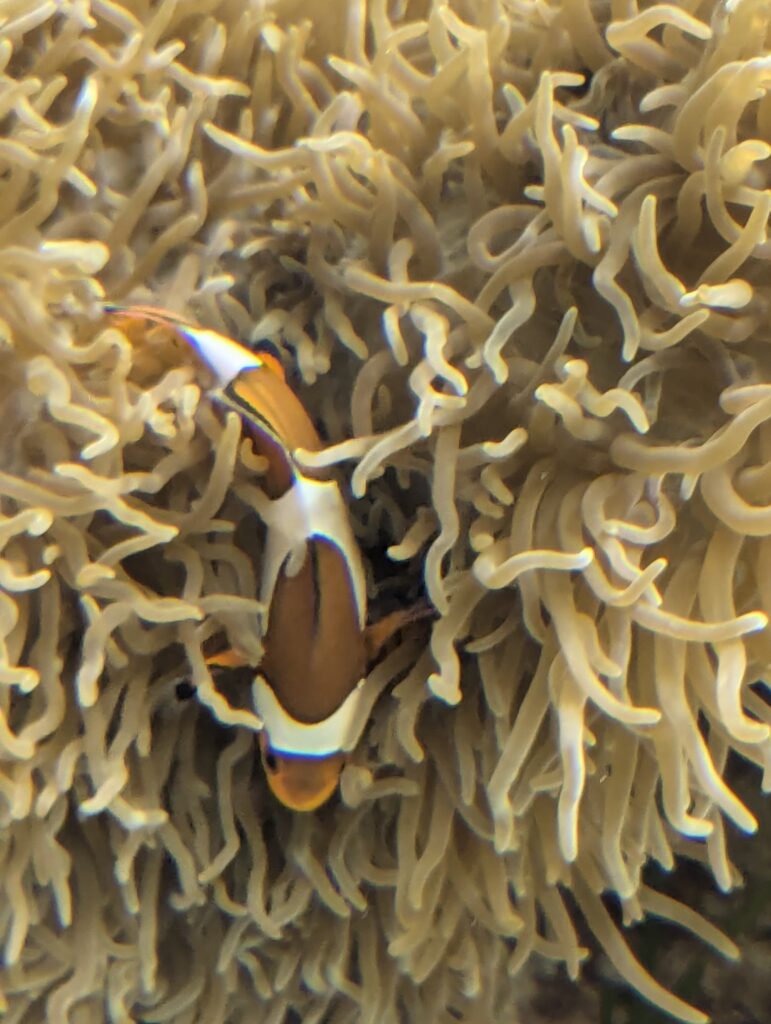
We finished this day with a trip to the Ginza district. The Ginza district is something new to me. I am not very familiar with it, so to be perfectly honest, I didn’t really know what to visit. Thus we just went for a stroll around this part of the city. We came across the Ginza Wako tower, which was designed by the famous Ghibli animation author – Hayao Miyazaki. It is a nice clock tower, reminiscent of the European architecture. Besides that I don’t know what much more to say since I am not very good at describing random buildings I know nothing about. I just know that Miyazaki makes some pretty cool animes. Finally, before going home, we headed towards the Tokyo Tower, which we could call the replica of the Eiffel Tower. But the two buildings differ in one big way. The Tokyo Tower is of red colour and is located in Japan. Again, not much to say about this, so I will simply attach a photo :).
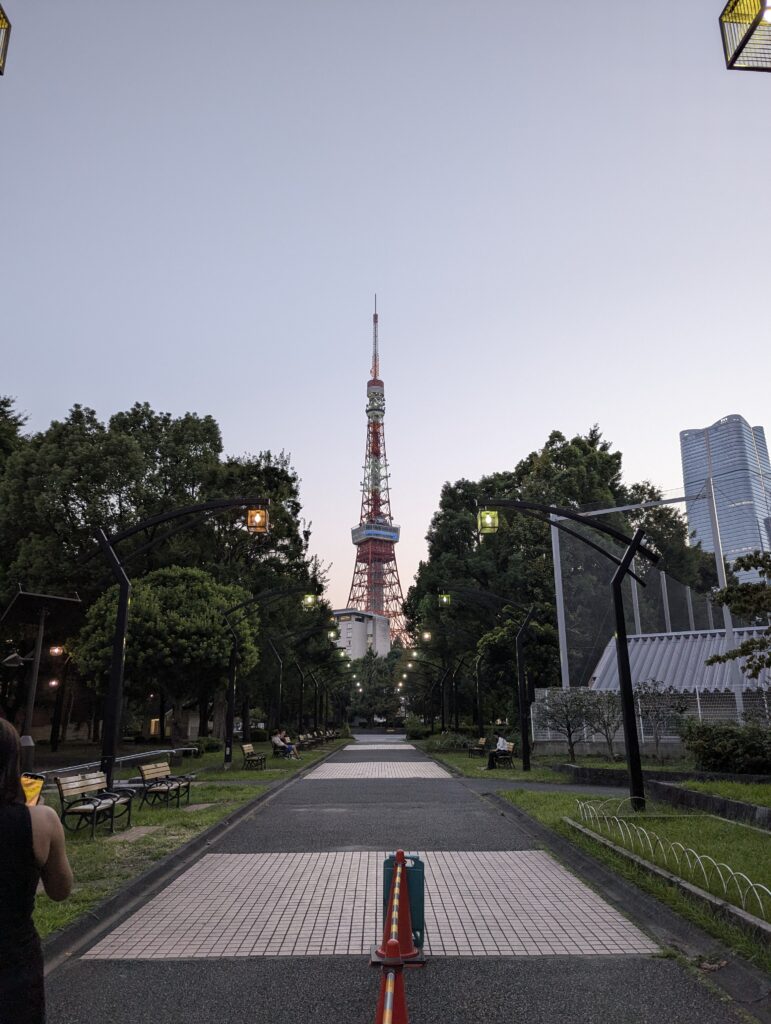
The next day it was time for some cultural enrichment. I reserved a bunraku play. Bunraku is a traditional form of Japanese puppet theatre. It was founded in the 17th century in Osaka, Japan. It involves different instruments such as the shamisen, taiko drums and a flute, puppets which form the core of the play, a storyteller and a people who make the puppets/dolls move. It is something that everyone should try at least once, since this form of art introduces the viewer into the world of Japanese theatre. My impression of the play was great, even though I understood only very little about it – mainly because the story was sung and the Japanese used in the play was a bit archaic. I loved the instruments, the story and the coordination of the performers. It all complemented each other and formed an excellent play that I look forward to visiting again. Sadly I was not able to take any pictures, since no photography was allowed, but I invite you to look up how a bunraku play looks like on YouTube or on Google.
This day we did not do much else to be fair. We visited the nearby Shinjuku Gyoen National garden and just went for a stroll there. Like usually, it was very hot, so we found ourselves a nice spot under a tree, sat down on the grass and talked about how to take a selfie. Our photography skills seemed to have improved a little bit by now, so we both tried taking a selfie. It really wasn’t this bad this time around. Satisfied with the photo we later headed home.
